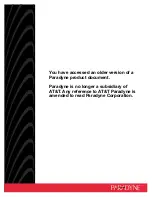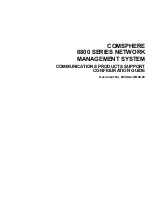
100
Configuring QPPB
Overview
The QoS Policy Propagation Through the Border Gateway Protocol (QPPB) feature enables you to
classify IP packets based on BGP community lists, prefix lists, and BGP AS paths.
The idea of QPPB is that the BGP route sender pre-classifies routes before advertising them, and
the BGP route receiver sets the IP precedence and QoS-local ID for the routes and takes appropriate
QoS actions on the packets that match the routes.
QPPB minimizes the QoS policy configuration and management efforts on the BGP route receiver
when the network topology changes. It is suitable for large-scaled complex network that classifies
packets based on source or destination IP addresses for QoS.
QPPB applies to IBGP and EBGP. You can use it within an autonomous system or cross multiple
autonomous systems.
QPPB fundamentals
QPPB works on the BGP receiver. It depends on the BGP route sender to pre-classify routes.
The BGP route sender uses a routing policy to set route attributes for BGP routes before advertising
them.
The BGP receiver uses a routing policy to match routes based on these route attributes, and sets IP
precedence and QoS-local ID for the matching routes:
1.
Compares the routes with the incoming route policy based on their BGP AS path, prefix, or
community attributes.
2.
Applies the IP precedence and QoS-local ID to the matching routes.
3.
Adds the BGP routes and their associated IP precedence and QoS-local ID to the routing table.
4.
Applies the IP precedence and QoS-local ID to the packets sourced from or destined to the IP
address in the route.
5.
Takes QoS actions on the packets according to the QoS priority settings.
QPPB configuration task list
Complete the following tasks to configure QPPB:
Task Remarks
Configuring basic BGP functions
Required
Optional
Configuring the route
receiver
Configuring basic BGP functions
Required
Required
Enabling QPPB on the route receiving interface
Required.
Required.
Applying the QoS policy to an interface
Required.
















































